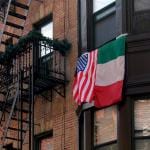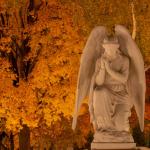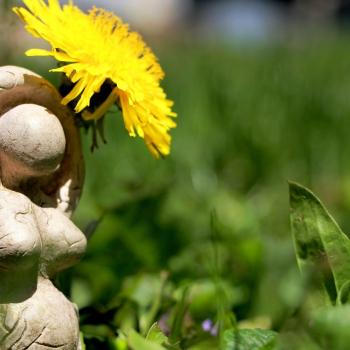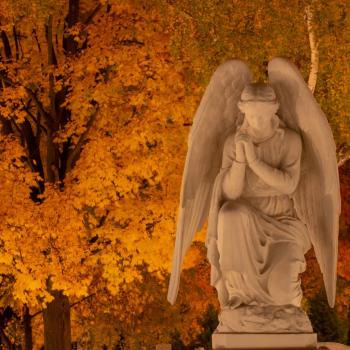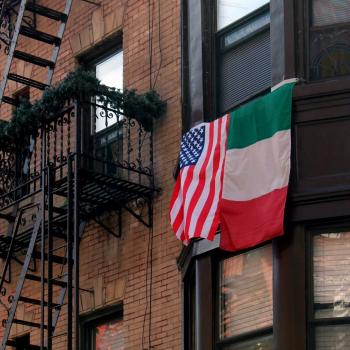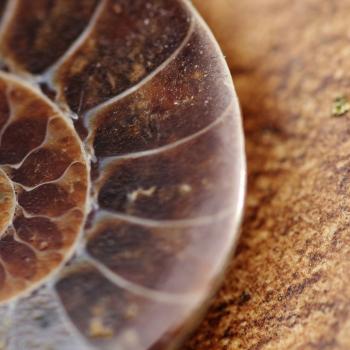“Rosemary’s magic lies in her scent and the volatile oil hidden in her leaves. Science has affirmed that the smell of Rosemary’s essential oil enhances memory. Here’s how it works: when you inhale Rosemary, her vaporous oils cross through the mucous membrane in your nose and enter your bloodstream. Recall is significantly improved with Rosemary flowing in your veins.” – Maia Toll, The Illustrated Herbiary
The smell of Rosemary fills my kitchen. We’ve harvested the plants from the large terra cotta pot in the front yard, my children’s love and watchful eyes helping it grow all summer. Stripping the needles from some of the plants, this will become aromatic love in my next batch of great-grandma Iavarone’s Sunday sauce. The remainder tied and hung to dry, some of which will be used for the ancestor altar taking shape in the dining room. A small altar to my ancestors lives year-round in my bedroom, but in the month of November, a large altar has pride of place in our dining room.
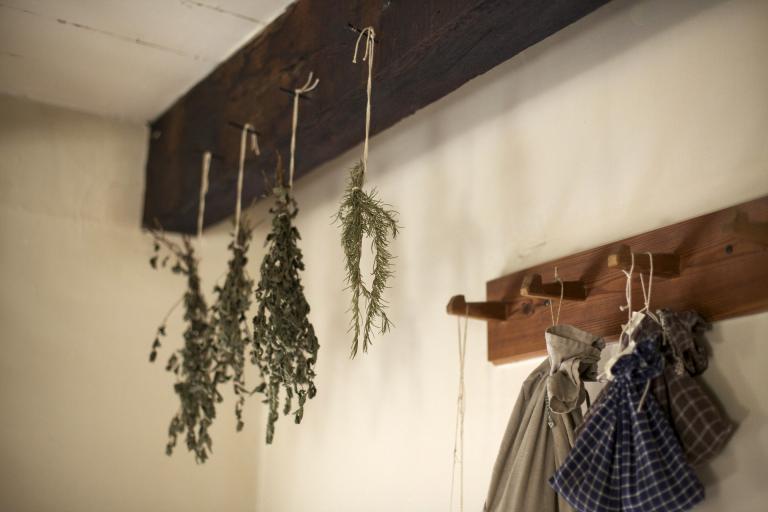
(photo via Pixabay)
Growing up Catholic and Italian-American, there were two times of the year when altars made an appearance – In November, an ancestor altar for All Souls Day, and March, the Saint Joseph altar. In my family, the ancestor altar usually consisted of some flowers and prayer cards from the funerals of deceased family. There were photos, candles, prayer cards, and always sprigs of fresh or dried rosemary. It took up a side table in the living room of my grandmother’s house, and it smelled so inviting, I always paused to look, and smell, and study the faces of deceased family. Great-grandma Sarah, who I was named for, and other, smaller photos of people I didn’t know.
Ancestor remembrance and veneration is an ancient practice that cuts across religions, cultures, and generations. Nearly every culture has beliefs and practices around honoring deceased ancestors. The Roman Catholic church built an entire feast day, and month, into honoring and praying for the souls of “the faithful departed”. Of course, they did not invent this practice but grafted Christianity onto something people had been doing since long before the religion began. Despite no longer being a practicing Catholic, but retaining the roots of a catholic sensibility, I continue to incorporate several Catholic prayers and practices in my ancestor veneration. This is also due in part to the fact that, as Italians, my family has been Catholic for generations and this is the common spiritual language of my people.
In my family, ancestor was a rigidly defined term: someone who was related biologically or through marriage into the family, who had died. In the process of recovering my own connection to the ancestors and having a fractured family tree where people who were not biologically related came to mean so much to me, an expanded understanding of “ancestor” resonates for me. While blood ancestors have a powerful connection with us, their descendants, other types of ancestors are worth cultivating connection with as well.
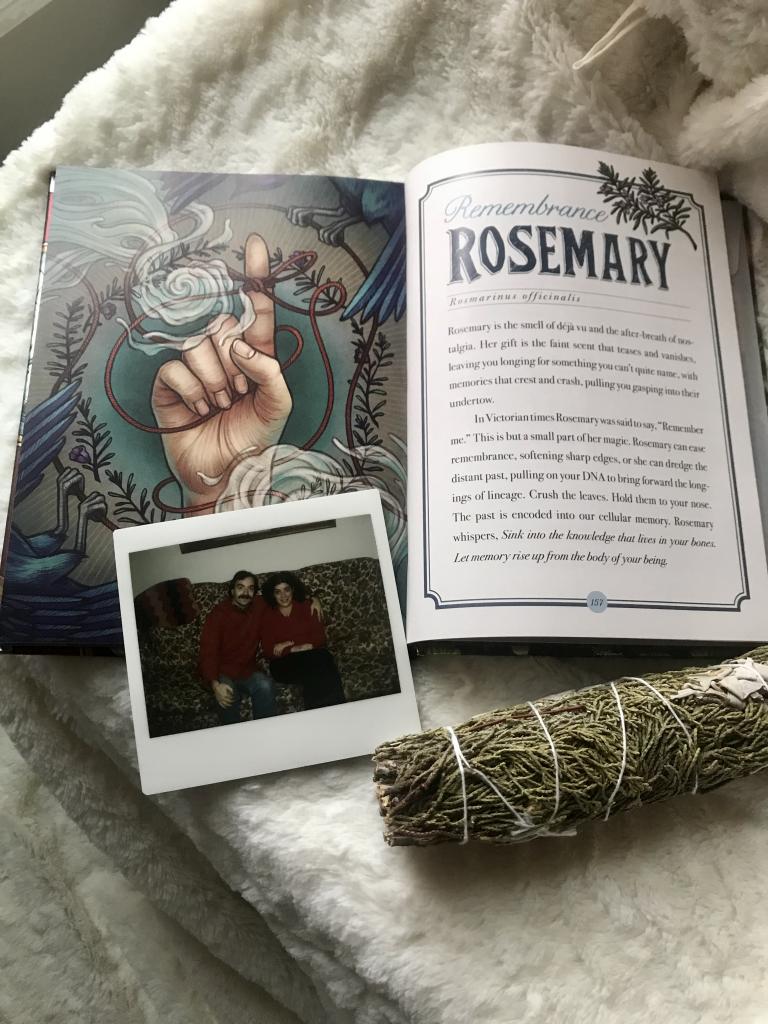
In her book, Honoring Your Ancestors, Mallorie Vaudoise defines ancestor veneration as “any ritual or spiritual practice that connects with the people who came before.” I love this definition because, as a refugee from rule-based religion, expansiveness and permission are the new parameters I’m placing around any personal practice. While the Catholic Church has many beliefs about death, eternal life, and the proper ways to honor and pray for the beloved dead, ancestor veneration does not. To be sure, there are traditions, and suggestions, and correspondences, but as with everything in pagan practice, we take what resonates and leave the rest behind.
The time between the seasons, not quite Autumn, not quite Winter, creates a liminal space. The veil that parts the physical world from the spiritual is at its thinnest during the time surrounding the feasts of Samhain, Halloween, and the Catholic feasts of All Saints and All Souls. They are all branches of the same tree – that is, the spirit world spilling over into the physical world on these days in the wheel of the year. No one owns these days and their significance.
In this space, we are free to re-wild our acquaintance with our blood ancestors, and to forge meaningful and intentional connections with others. Ancestor veneration can be religious, food-based, magical, or all the above. Anyone, on any spiritual journey, can incorporate ancestor veneration into their practice. My intention is to share ways that I am bridging the gap between the practices of my Catholic upbringing with a journey back to pagan rooted practice.
Suppose you don’t know much about your family tree, or you do, and you don’t like what you see? I have been and still am in that position. Perhaps part of what’s drawn me to ancestor work is the knowledge that except my children and a few distant great aunts and uncles and cousins, all of my blood relations are dead. My mother, father, all grandparents, are my ancestors now. Cultivating a continuing relationship with them makes all the sense in the world to me. Yet, there is also generational trauma up and down my entire lineage, on both sides. Some of it, including things I experienced at the hands of family members during my childhood, is very ugly. Why would I want to connect with the people who hurt me?

(photo of author’s ancestor altar, 2019)
Quite simply, I’m not sure that I do want a relationship with them, individually. I’m open to ritual intended to heal those injuries and offer peace and rest for those on the other side of the veil. But I also firmly believe in boundaries and in your practice, you can specify that these communications and offerings are for your well ancestors only. That is, those whose own choices in life have not directly contributed to the pain of someone else. Your practice is yours alone. That said, in a follow up to this piece, I’m going to delve into ancestral trauma and share how I’m working it out with the ancestors I don’t like very much.
Building the Home Altar
To begin, you don’t need anything fancy. A small side table or corner space out of the way is ideal. A white cloth for the table, a couple of white pillar, votive or tea light candles. Choose one or more ancestors to begin with. Focus on the closest and most beloved to start. For me, it was always my mother, my closest and most beloved ancestor. As space allows and my practice has grown, I’ve included both sets of grandparents, a friend who died in high school, and the child I miscarried ten years ago. If you share space with a partner and they consent, building an altar together with both of your ancestors is a beautiful way to draw closer to each other and connect with those who made them the person that you love.
I recommend cleaning the space with rosewater or Florida water while saying a prayer of intention. Something simple like:
“I cleanse and offer this space for connection to and veneration of my ancestors.”
If you are part of a tradition that uses smoke or incense for cleansing, you can also incorporate that now. In Italian folk practice, Rue is often used for cleansing. If I can find an incense that uses Rue, I will burn it on my altar for clearing. Bells are also a wonderful tool for clearing energy in a space. Research is your friend here. I recommend against the use of white sage unless you are part of a spiritual tradition for whom that is traditional, as many indigenous folks find the use of white sage by non-indigenous people as cultural appropriation. If you must use sage, be sure to source it from an ethical producer, or better yet, grow your own.
One thing that I learned from the Catholics and love, is the concept of “momento mori” which means, a reminder of death. In many paintings or depictions of the saints, there is a skull or hourglass present. These symbolize the reminder that death is inevitable and comes for us all. How delightfully morbid. Having a skull, or even a representation of one – I love Georgia O’Keefe’s work for this – symbolizes the reminder that we will one day be the ancestors. May the circle be unbroken.
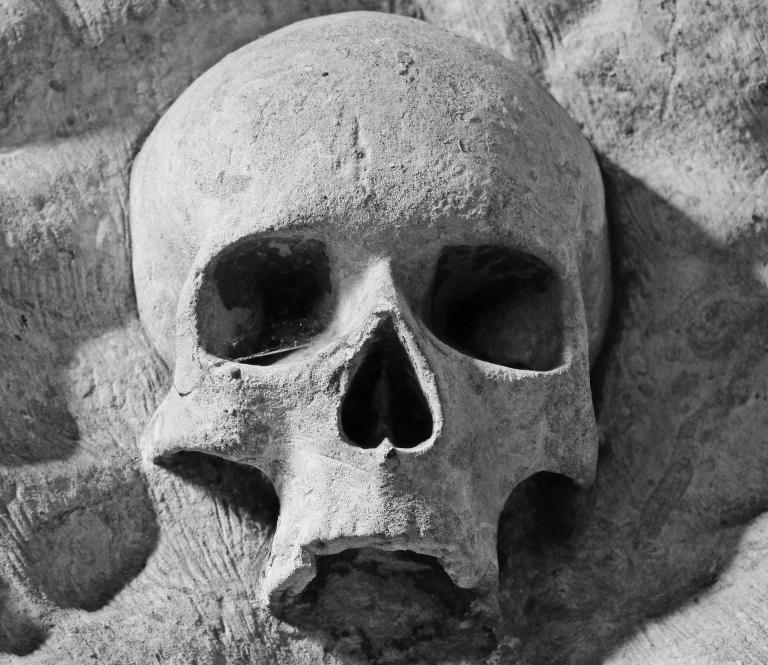
(photo via pixabay)
Once the simple altar is constructed the rest is up to you. Research your family tree and any traditions, dig into the wider culture of your ancestors. What, based on what you find, would bring them joy and desire for connection with you? My grandfather loved cigars, so occasionally I will buy one and place it on the altar for him. Flowers for my mother and grandmother, especially lilacs, are a given. Since we’re Italian, food is an obvious choice. Whenever I make my great-grandma’s sauce, I always pour her name over the ingredients and in gratitude for her, even though I never met her.
Having all four elements represented on your altar is a powerful way of calling our minds to remembrance but also to stay rooted in the here and now. Fresh herbs root our sense of smell. Rocks, dirt, sand, or shells from your hometown or ancestral lands tie us to the land of our people, candles and their flame recall the hearth fires of generations ago, and a small ramekin of water is, for my family, a reminder of our collective ritual washing in baptism. Water is also a reminder of the universal waters from which all life came originally, and our connection with all the earth’s living beings as ancestors and family.
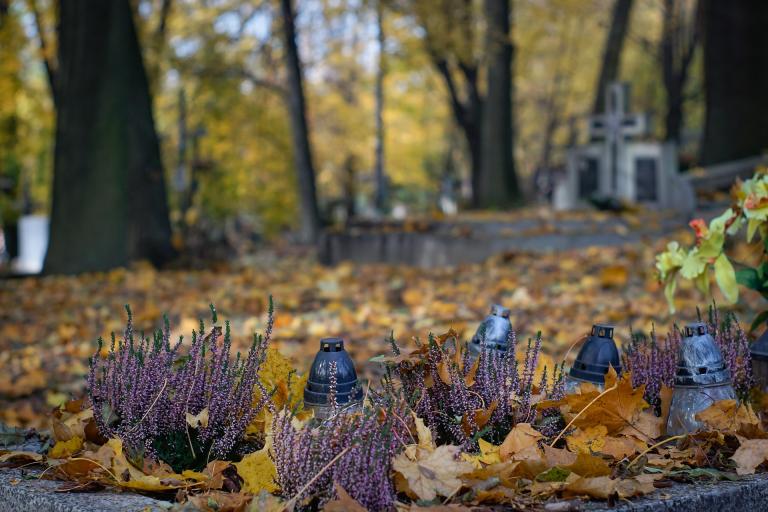
(photo via pixabay)
As this time of the year approaches, preparations are being made in homes around the world to honor the dead. Marigolds and Offrendas in Mexico, cleaning graves and bringing bread in Poland, the list goes on and on. Ancestor veneration and relationship is by no means limited to this time of the year, however it is a wonderful time to begin or renew a practice of cultivating relationship with our beloved dead.
As the fresh aroma of Rosemary, and eventually flowers and focaccia, fills my house in the coming days, it is my deepest wish for everyone that we find ourselves rooted and loved by those who came before us.

